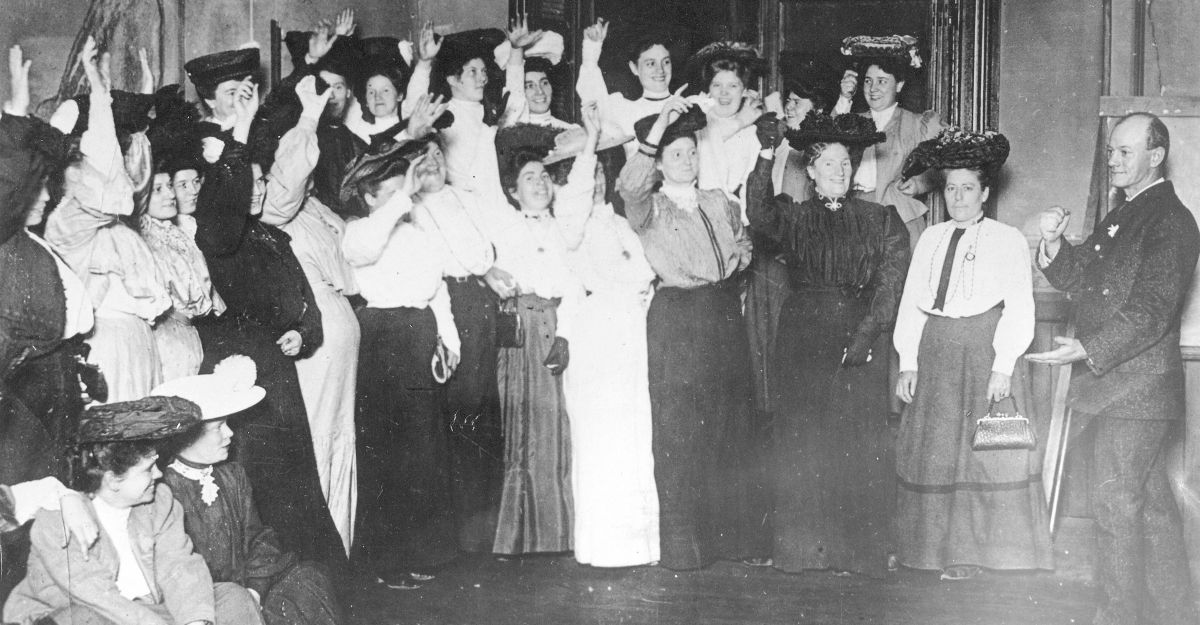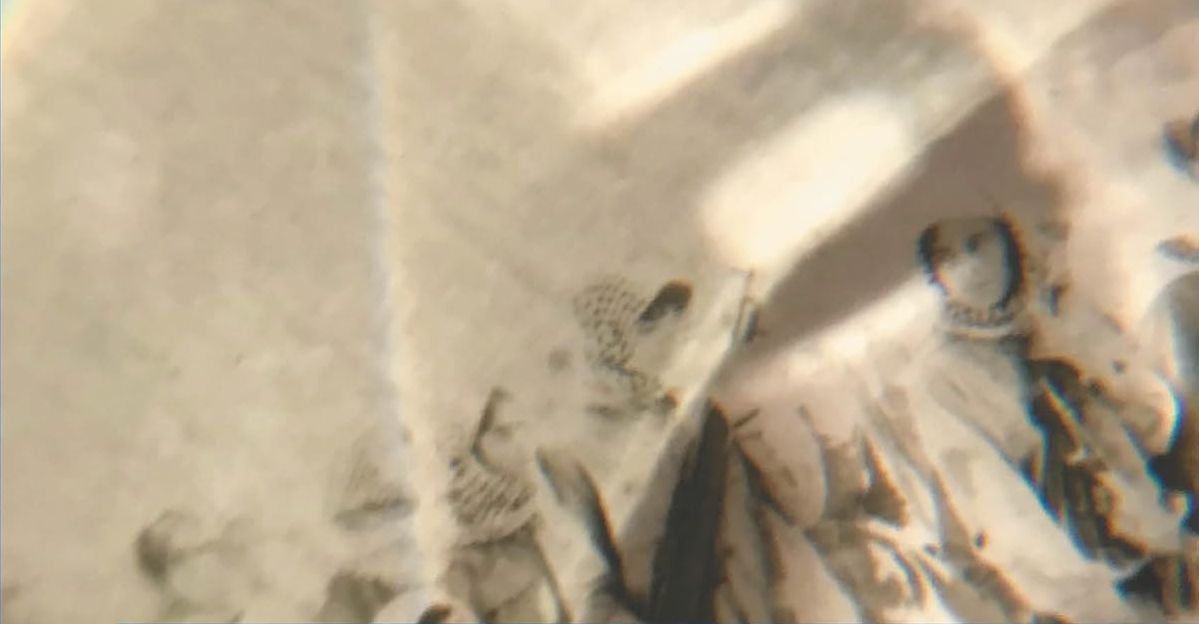On the train out to Campbelltown to see Mike Parr’s latest performance, I happened to be reading Richard Flanagan’s Does Writing Matter. In this essay the Tasmanian author challenges notions of a national literature. Borges and Baldwin, in their universality, may be considered Tasmanian. And amidst the ‘debased, misused’ language that fills our current political climate, is a trove of stories – a sort of flash fiction, but real – that Flanagan names ‘truly Australian’. It is the redacted manuscript of the Nauru files: 2000 leaked reports from the Australian offshore ‘processing’ centre, published on the Guardian website. The abuses tabled therein are horrifying.
Entry by Tranquilisation Only, Parr’s exhibition at Campbelltown, was a triumph of simplicity. In each gallery were plywood walls almost ceiling height, with nothing more than narrow passageways around their perimeter. Wandering along them, disorientation was quick, despite the consistent logic of the installation. Excluded from the plywood rooms, we may have thought of Parr’s earlier works, such as 2001’s Water from the Mouth, and imagined the artist within, under duress. Any minute now, we would come across an aperture through which to see. But the fact that the artist was performing tonight precluded this. All we had were these rooms within rooms, the walls relentless, conjuring the actual prison in the title. The exhibition was up for two months, attracting a long article in the Murdoch-owned local paper wherein the journalist did her best to create controversy – high praise in a sense for a conceptual artist. Within this exhibition, Parr’s performance, On Manus Island, took place over two nights before its end.
Parr appeared and sat before us to have his blood taken; the procedure filmed as usual by Gotaro Uematsu. The blood did not flow easily and several shunts were necessary; the amount taken ample, challenging squeamish viewers. The blood was then decanted into a steel tray. Parr stood, placed his hand in it, then made a bloody print at the entrance.
Then he entered the maze of rooms, followed by his videographer. As he disappeared, as eerily as into Hanging Rock, our attention turned to the live feed. We saw the artist at each corner inside the installation make handprints with his blood, only marking the white walls, never the ply. The blood’s coagulation rendered this simple process messy and unpredictable, gobs sometimes falling to the floor. Parr emerged at the adjacent corner before disappearing into the next gallery to continue diligently placing bloody handprints at every corner.
Parr has used video for decades, and whilst live feed may seem overly explicit with procedures such as blood taking, its use in this performance was a great example of his lightness of touch. It was easy to miss his actual emergence from each gallery, so fixed were we on the live feed: just as we miss so much actual atrocity despite being surrounded by imagery of it.
Parr’s language games played out in the form of ironic titles on the exhibition cards. Entry by Tranquilisation Only, The Bride Eats Nothing But Herself, Yves Klein Falls Over His Own Feet, An On Kawara Telegram … On the face of it, references to conceptual art; perhaps also linguistic obfuscation mirroring our government’s cover-ups of what is really happening in the detention camps.
We remain locked out of the camps as assuredly as refugees are locked in. We don’t know the full extent of the horrors but the leaked reports should leave us in no doubt. This is our Belsen. On Manus Island paid homage to this terrible chapter in Australian history with grave dignity.
Michael D’Agostino has curated two great exhibitions in a row, counting the earlier With Secrecy and Dispatch that paid tribute to NSW massacres with extraordinary depth and sophistication. Currently the best art in Sydney seems to be happening in our huge, varied western suburbs – certainly that’s where most of the funding is – so I was struck by the fact that On Manus Island was not advertised on Campbelltown Arts Centre’s facebook event page, as opposed to the closing event the following night. Updates employing the various titles occurred almost daily – why no announcement to the general public about On Manus Island? The gallery’s invitation-only email notification limited the audience. That a Mike Parr performance received so little publicity took this reviewer back to one of the salient questions of the performance itself: why don’t we know more?
A queue out the door was deserved. As it was, the small crowd was unanimously moved.



